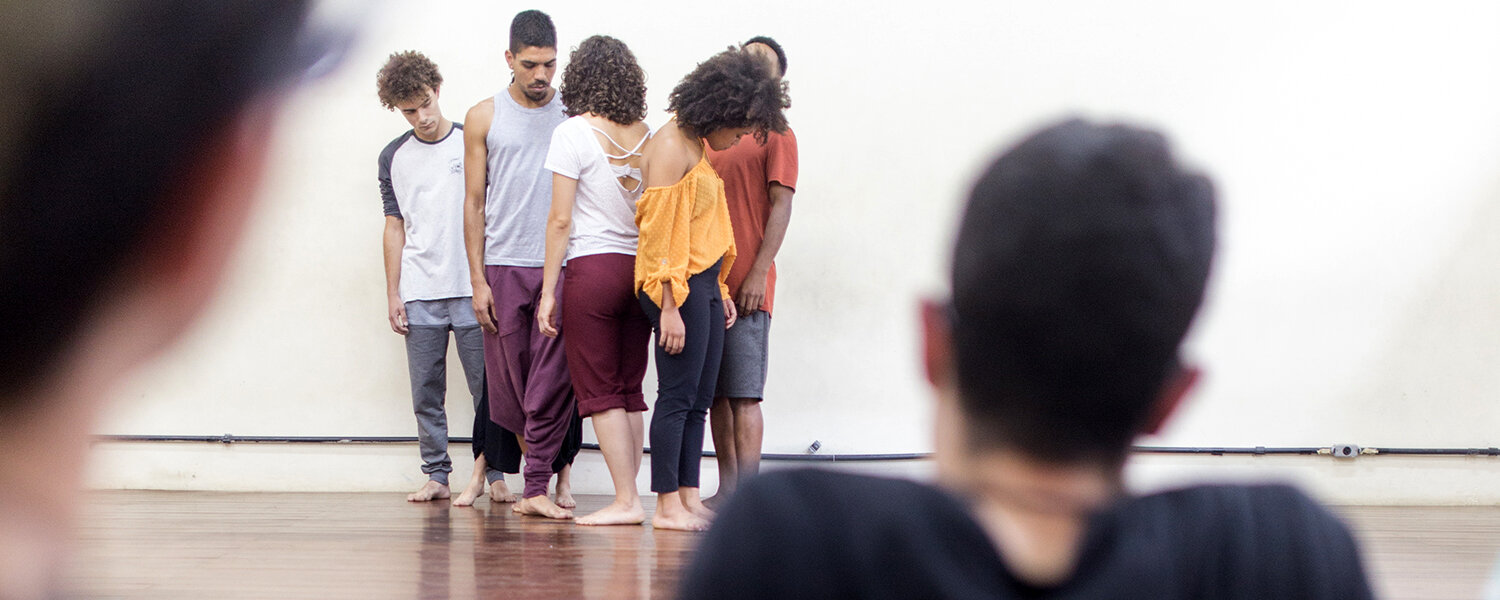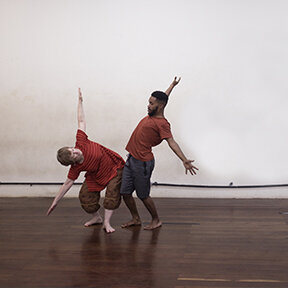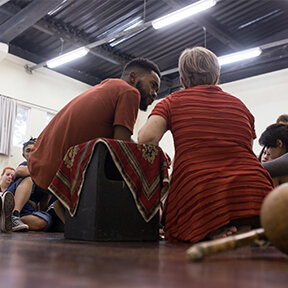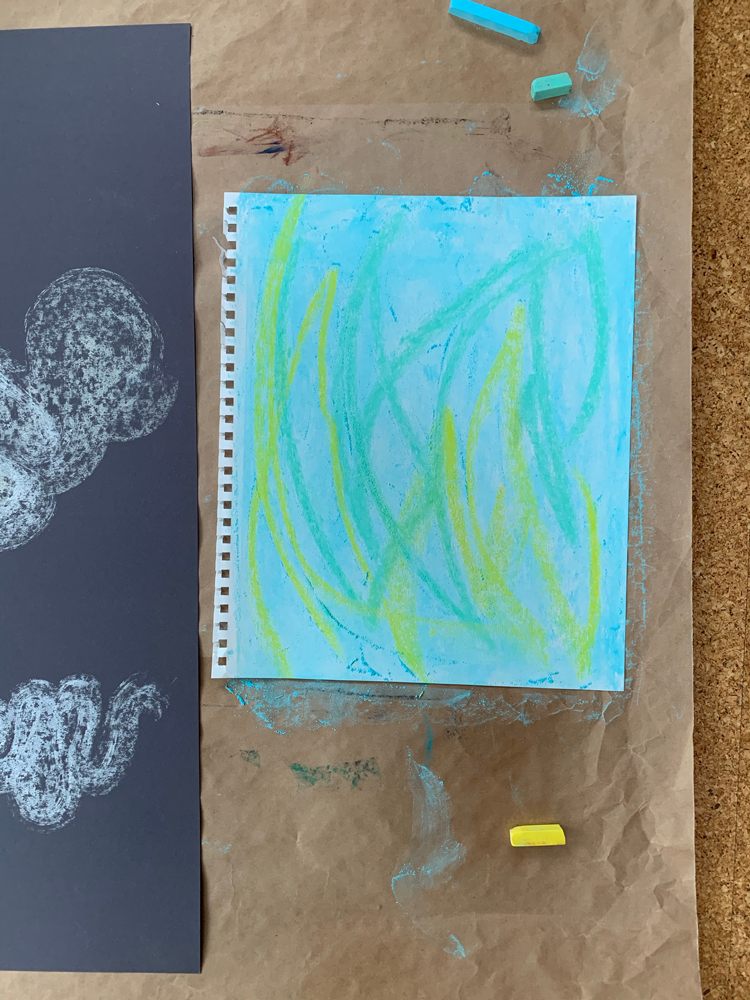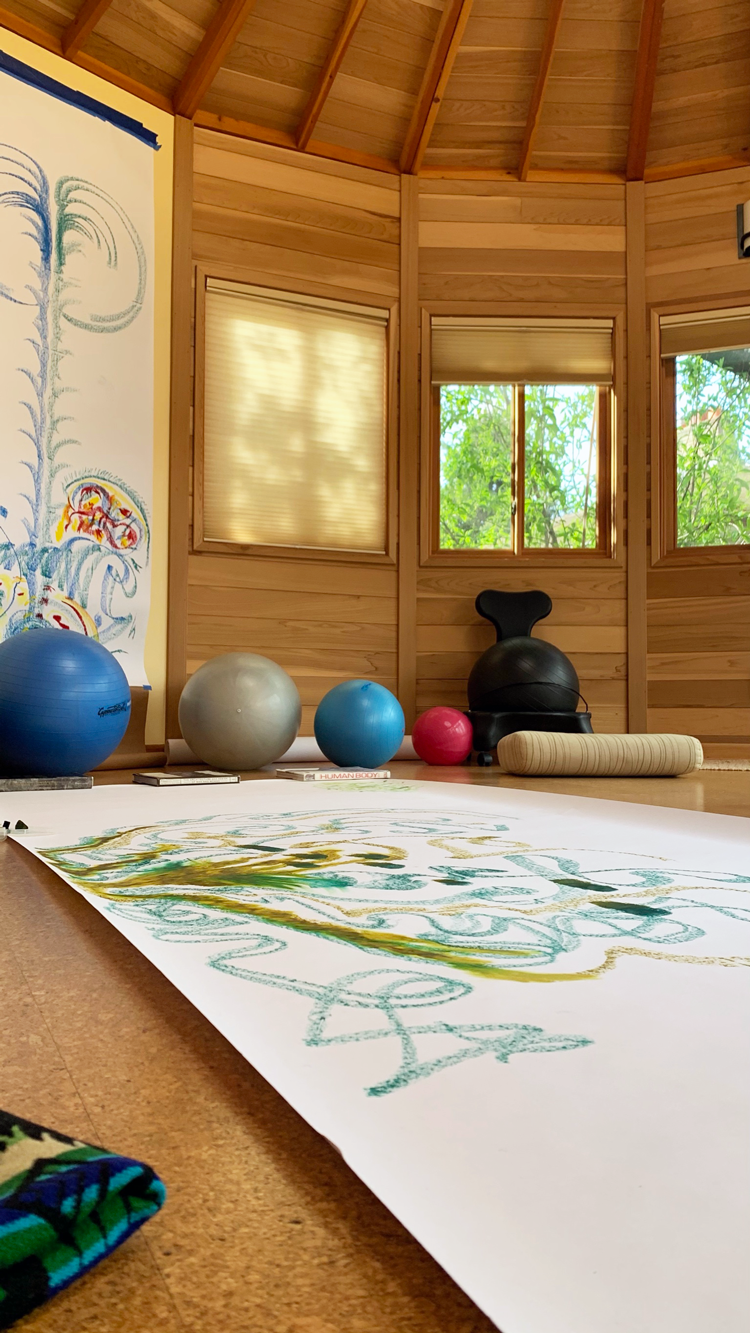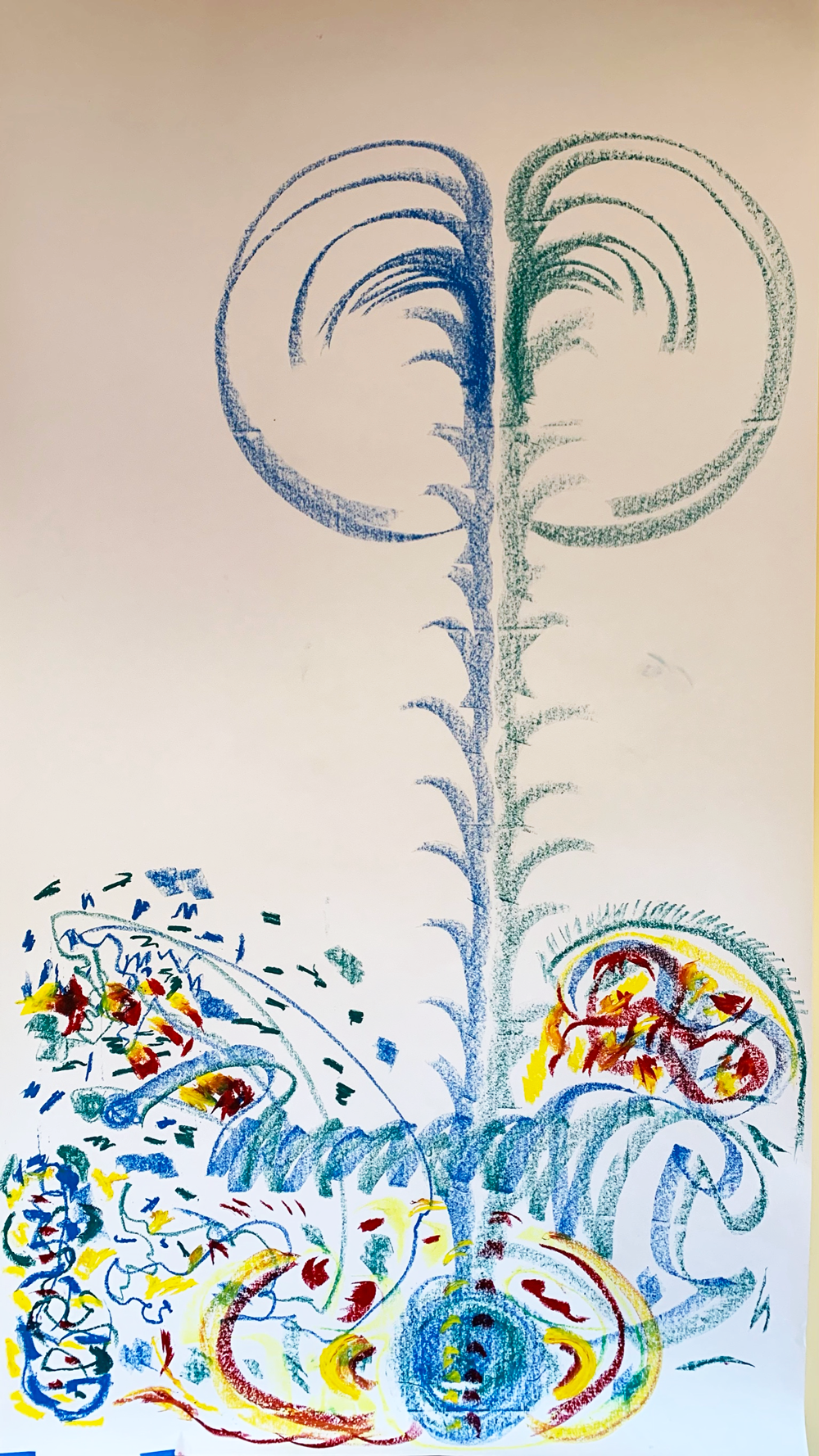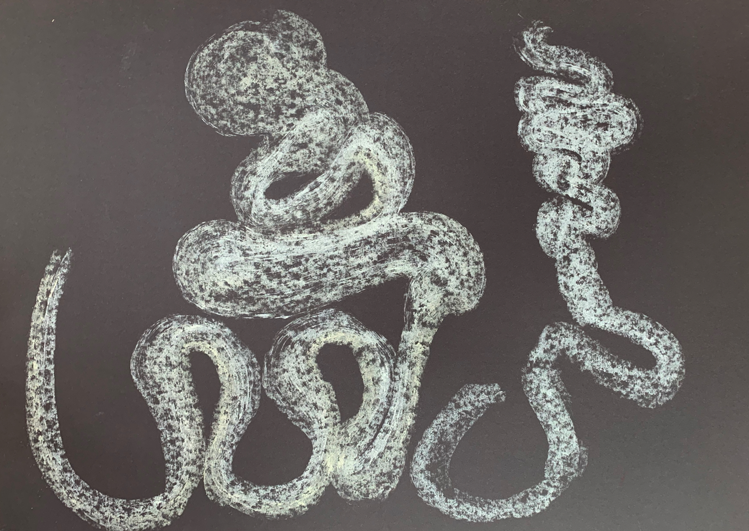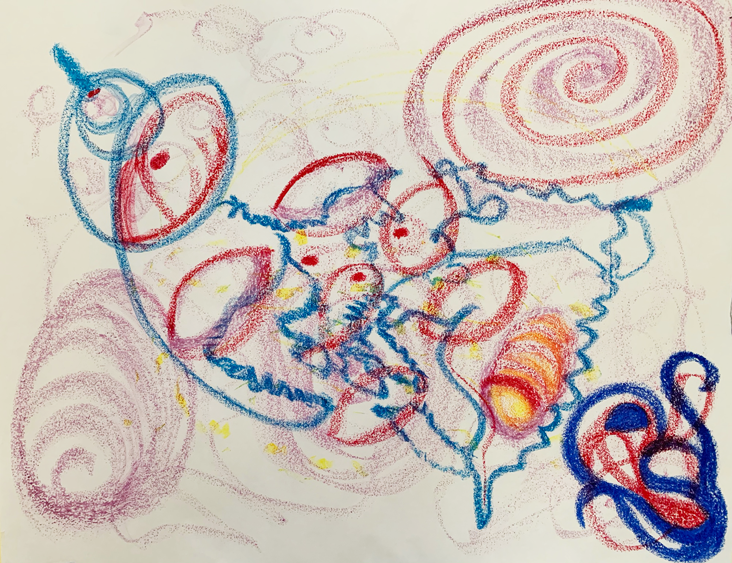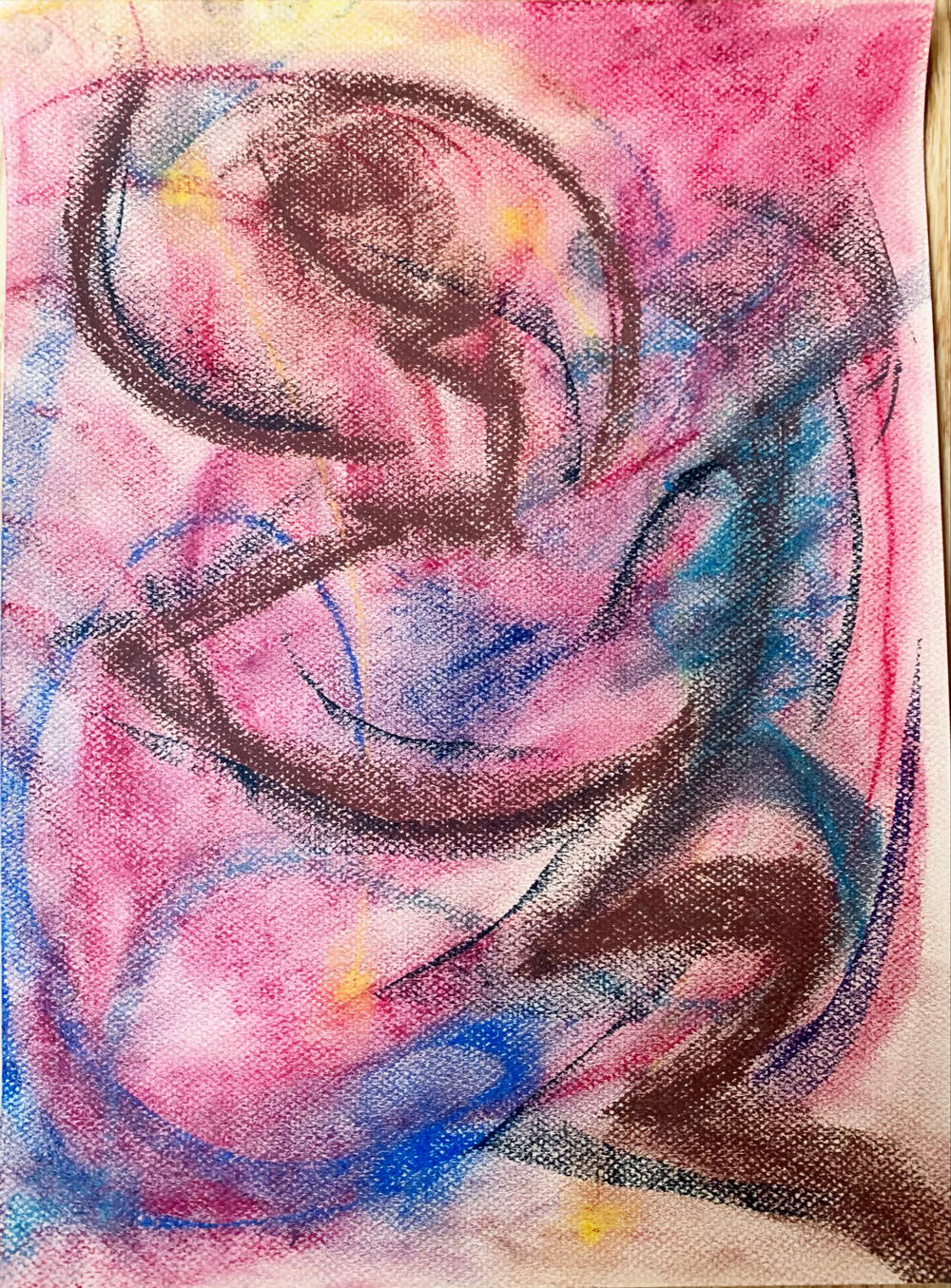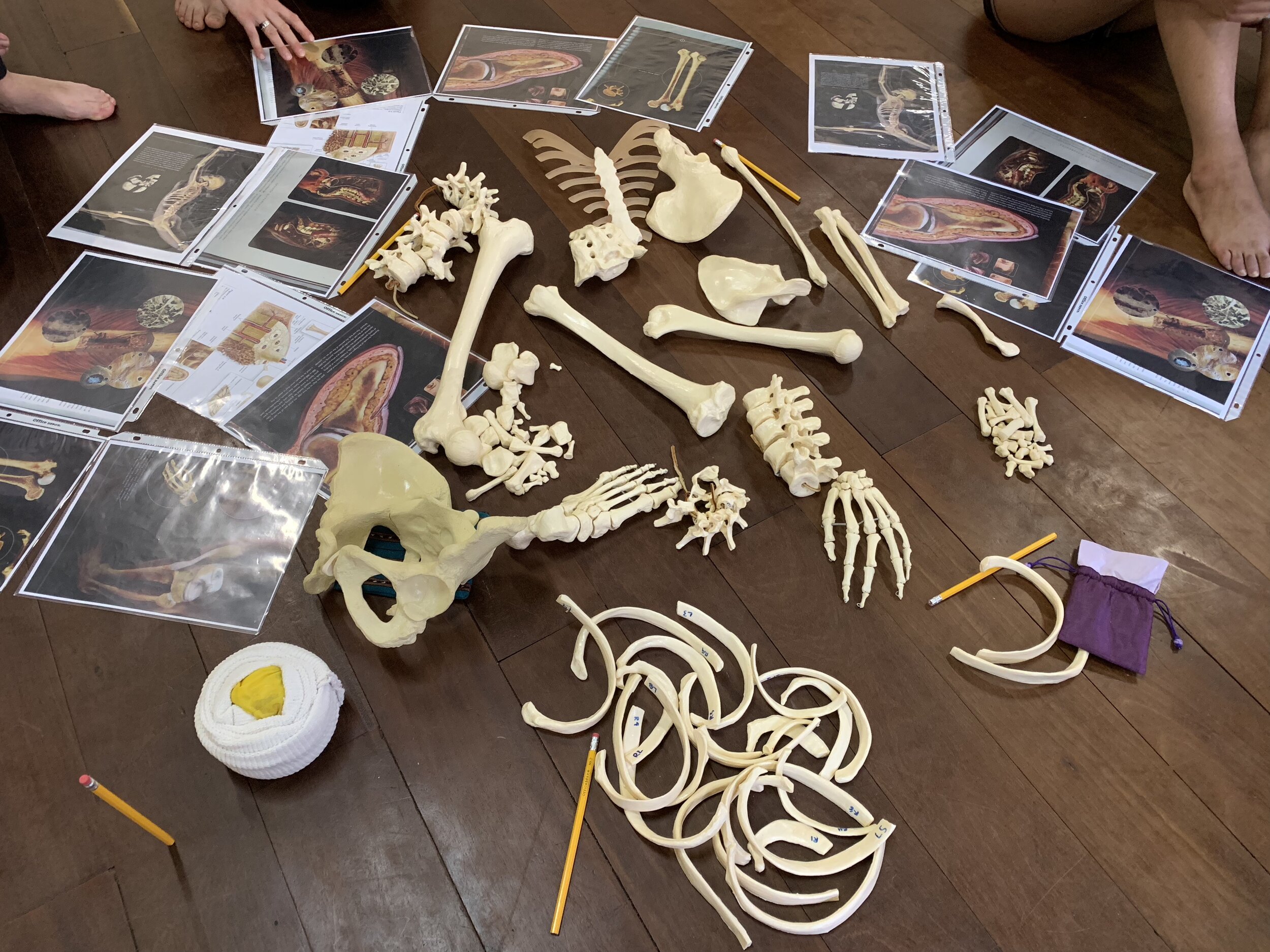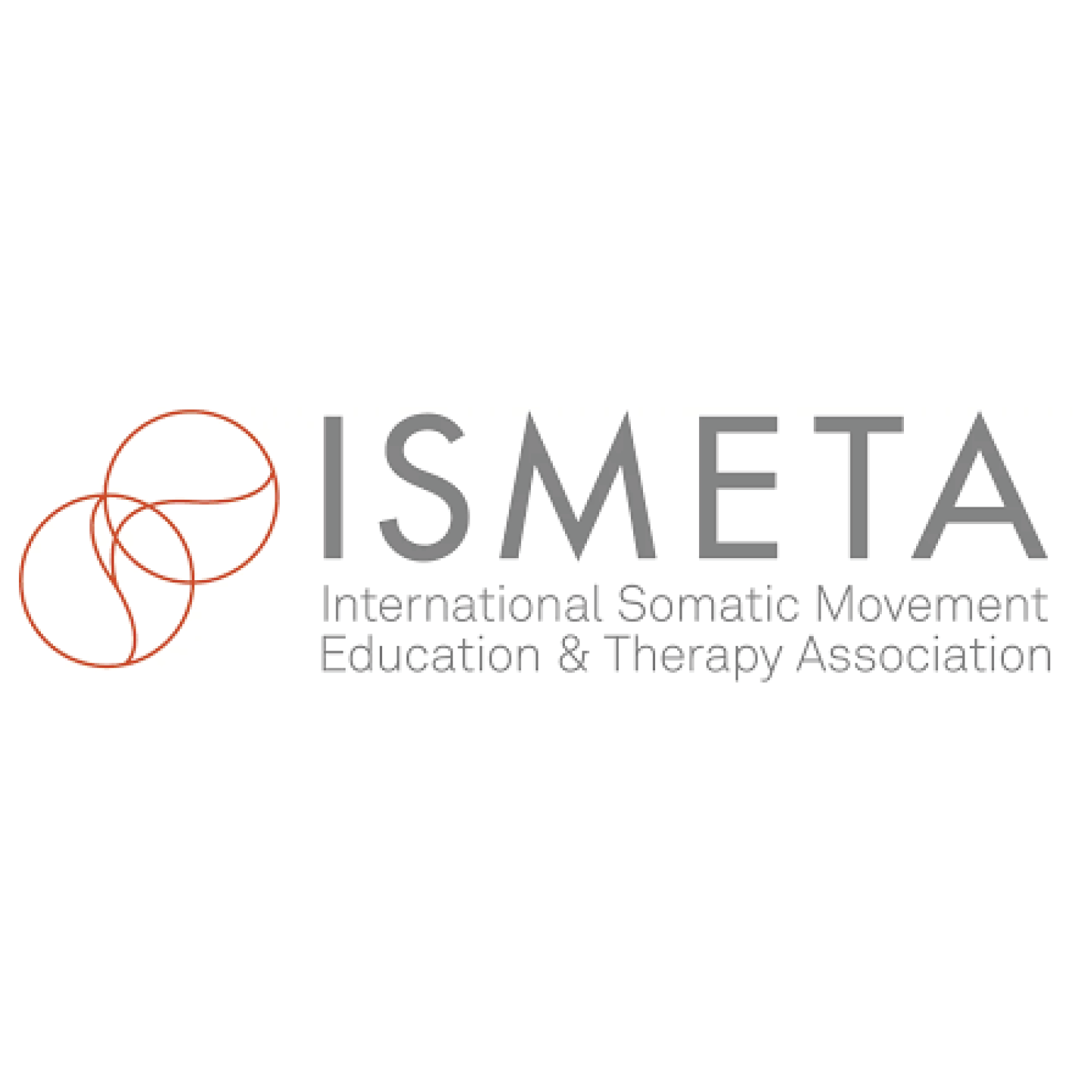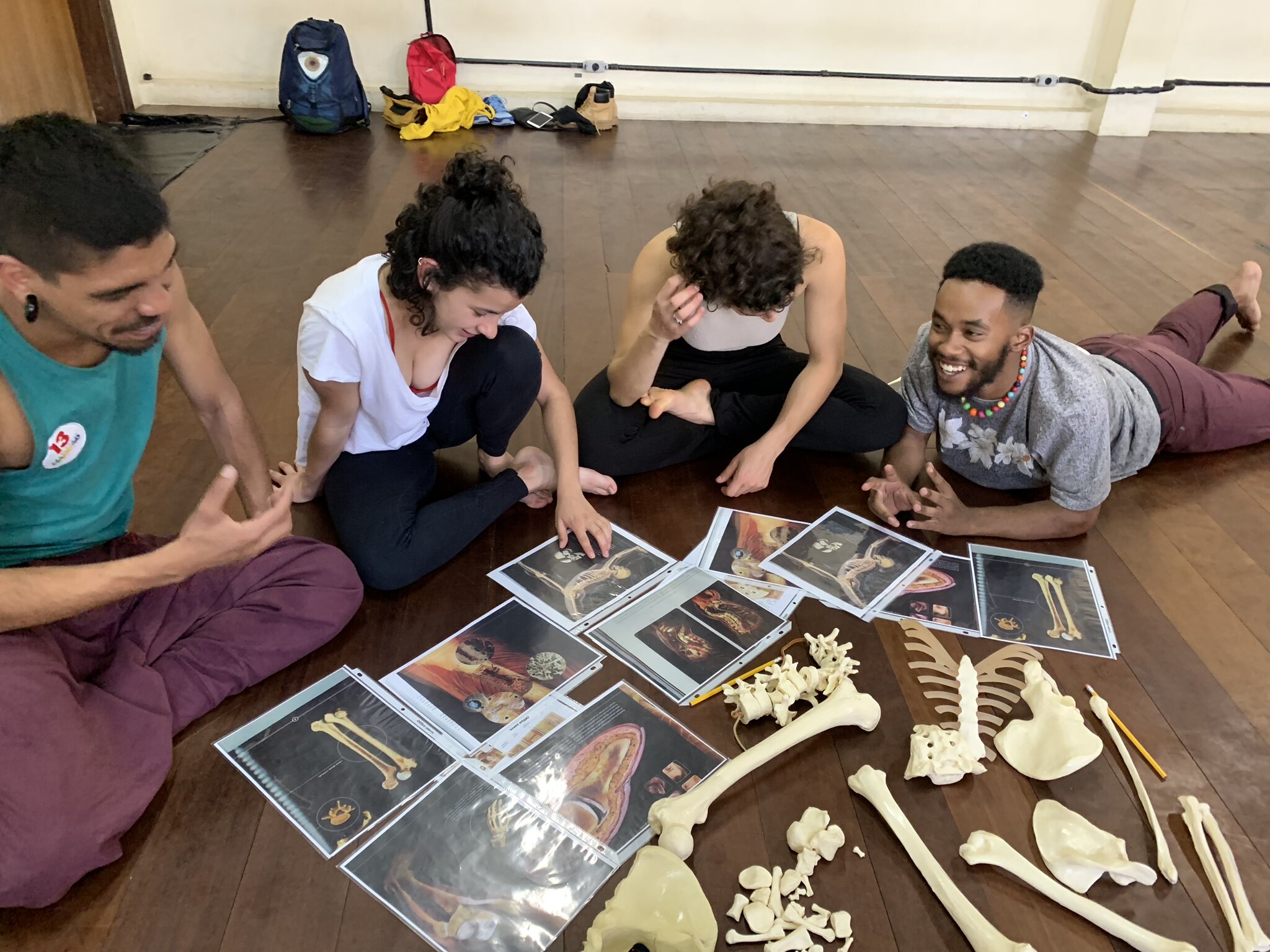Together We Stand with Jorge Samuel Faria
Together We Stand brings together a Black Brazilian Nativo Urbano dancer, a descendant of the American slave trade & Scandinavian immigrants, and a woman who traces her lineage through Southern plantation owners to Peter The Immigrant. They show up in relationship to one another and hold space for the hard conversations through their personal interactions and love (together.we.stand___).
Jorge Samuel Faria is a movement artist from Brazil. The grandson of the founder of one of the first schools of Samba in Teresòpolis, Brazil (Rio de Janeiro), Jorge grew up surrounded by drums and dancing. Currently, he is a candidate at UNESPAR, in Curitiba, Brazil where he studies dance research and composition. Jorge’s current project Nativo Urbano scientifically examines dance composition and movement analysis.
Drawings from the Body: somatic drawing
I’ve begun a practice of somatic drawing inspired by a class with the gifted artist Rebecca Haseltine.
For these drawings, I worked with ideas ranging from embryology to the body’s fluid systems and the senses. I’ve been working in a mode that explores what arises from sustained motion and intention. Often working with both hands simultaneously—following an impulse through to its culmination. I’m enjoying how full-bodied the process of drawing can be and what is emerging within exploring scale, process, and materials.
ISMETA Engaging Embodiment Conference
I’m excited to present "Seeing & Being Seen" at this year’s "Engaging Embodiment" conference (online). Organized by ISMETA, this conference converges more than 80 of the world’s leading somatic movement professionals to share how work in somatic movement impacts health, education, and social justice. For full details or to register visit my site (link in bio) or @ismeta_association
Seeing & Being Seen: Body-Mind Centering®, Race and Identity through Bones, Blood & Skin
3/3/21, 11:00a-12:00p (PST)
Conference: $100-$150 (scholarships available)
Class description: Utilizing the experiential anatomy intrinsic to BMC℠, this session offers resources for cultivating the deep self-awareness, resilience, and empathy required to engage with the work and issues involved in social justice. Through understanding the blood, bone, and skin, we will work to generate the capacity to see each other as individuals with unique histories. How do we show up? How do we show up when we are uncomfortable? How are we seeing? How are we being seen?
The International Somatic Movement Education & Therapy Association (ISMETA)/Engaging Embodiment: Somatic Applications for Health, Education & Social Justice.

